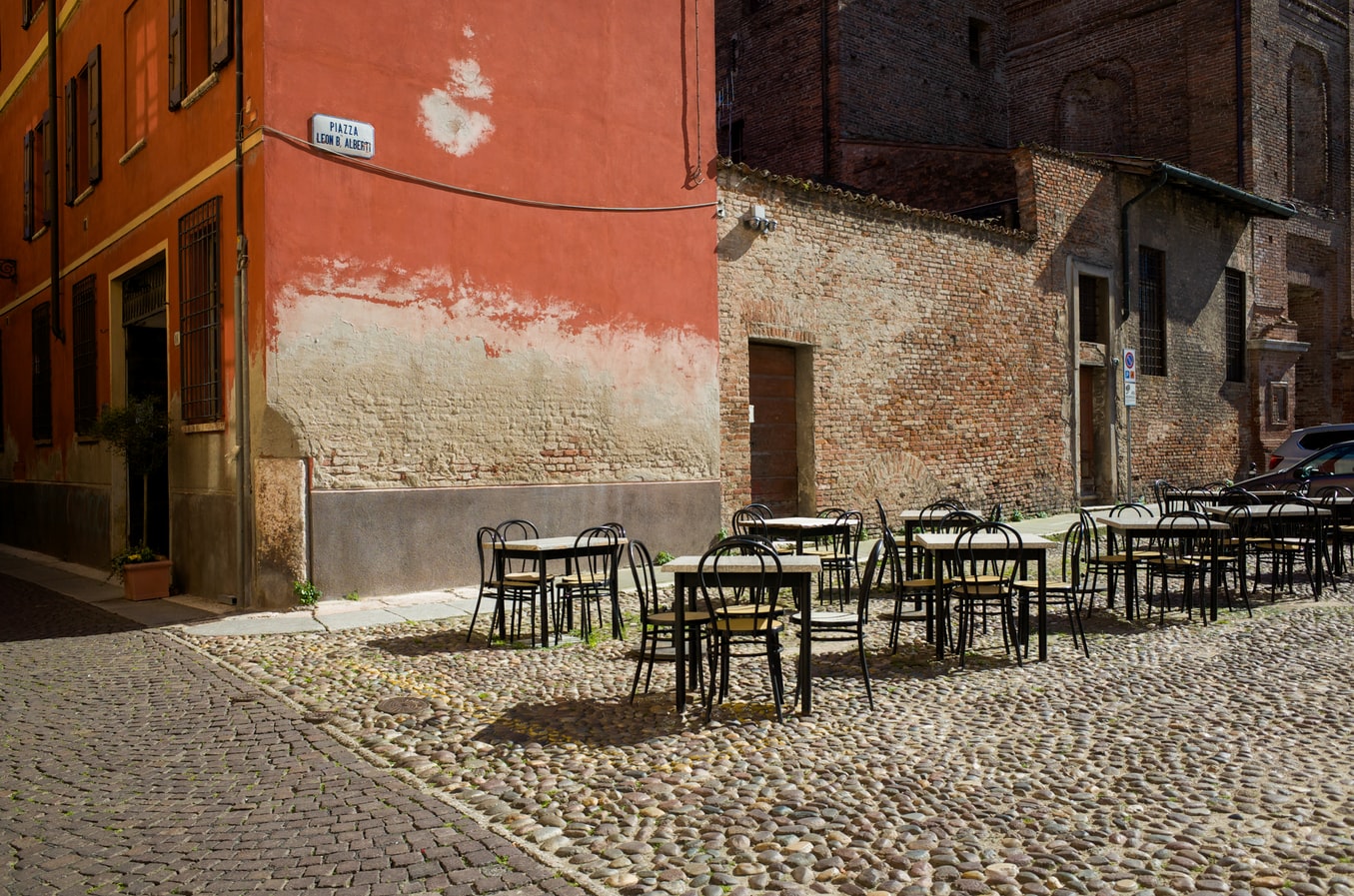On Feb. 20, a 38-year-old man tested positive for Covid-19 after being hospitalised in a local hospital in Lombardy.
He was the first confirmed case of Covid-19 in Italy.
Since then, the number of cases in Italy has skyrocketed to a staggering 10,139 confirmed cases as of March 11. The death toll currently stands at 631.
Italy now has the highest number of cases and deaths outside of China.
And in light of the rising numbers, all of Italy has been placed under "total lockdown" on Monday (March 9).
So, how did the Italy go from a handful of cases to having the highest number of reported cases and deaths outside of China?
Why does Italy have so many confirmed cases?
According to TIME, Italy has already tested over 42,000 for the virus.
The high number of reported cases could possibly be attributed to the fact that the country has been performing more tests than other places in Europe.
In addition, some believe that the virus could have spread unnoticed even before the first reported case.
Italy had suspended all flights to and from China in January. But the virus could have arrived in Italy before this travel ban was issued.
Al Jazeera quoted Massimo Galli, head of the infectious disease department in a Milan hospital, saying:
"It is plausible that when COVID-19 landed in the country, it was still in incubation, and the infection developed into somebody with light or no symptoms at all."
Why has Italy seen so many deaths?
As for the reported deaths, Italy has an above average mortality rate of 4 per cent.
However, it is noteworthy that the average age of Covid-19 patients who have died because of the virus in Italy is 81, TIME reported.
Italy has one of the world's oldest populations, and its above-average elderly population could be a factor in the mortality rates.
Healthcare system creaking under all the weight?
Italy's health service, known as Servizio Sanitario Nazionale (SSN) provides free universal care to patients. But it is reportedly "underfunded".
With the rise in Covid-19 cases, the Italian health ministry has doubled the number of hospital beds in infectious disease wards.
However, some health officials have expressed their worries that these efforts will be insufficient.
Lorenzo Casani, a health director in a Lombardy clinic, told TIME that they do not have free beds in the intensive care units in ICU. He added:
“(Doctors) have to make this horrible choice and decide who is going to survive and who is not going to survive…who is going to get a monitor, a respirator and the attention they need.”
There have also been reports of regions experiencing a shortage in protective devices, such as masks.
Containment measures so far
The number of cases has risen significantly in the past month, prompting the government to take drastic measures for containment.
It started with two quarantine zones in Lombardy and Veneto, where the outbreak first began -- in these zones, no one can enter and none of the 47,000 people within the zones can leave.
Now, the entire country is under lockdown -- arguably one of the most drastic measures taken outside of China to curb the spread of the coronavirus.
People are only allowed to travel for work or for emergencies, according to BBC. Italian police will also conduct checks along roads and temperature checks at train stations.
Schools and public venues such as cinemas and museum have been closed. Anyone with a fever is also quarantined.
Division of authority between regional authorities and national government
Despite these measures, the structure of governance in Italy might point to why its response to the virus outbreak has been described as "chaotic".
Italy has a "fragile coalition government" with "strong regions" that have plenty of autonomy in deciding responses to crises like these.
This division of authority between regional and national officials has resulted in confusion and a lack of clarity in communication.
For instance, the mixed structure of the SSN, with both the central government and the regional administrations sharing control of the system, is a potential point of weakness.
During the early days of the outbreak, local governors had adopted different approaches, even clashing with Italian Prime Minister Giuseppe Conte.
But with a slew of nationwide measures currently put in place, the effectiveness of Covid-19 containment in Italy remains to be seen in the coming weeks.
Top photo via Unsplash.
If you like what you read, follow us on Facebook, Instagram, Twitter and Telegram to get the latest updates.
